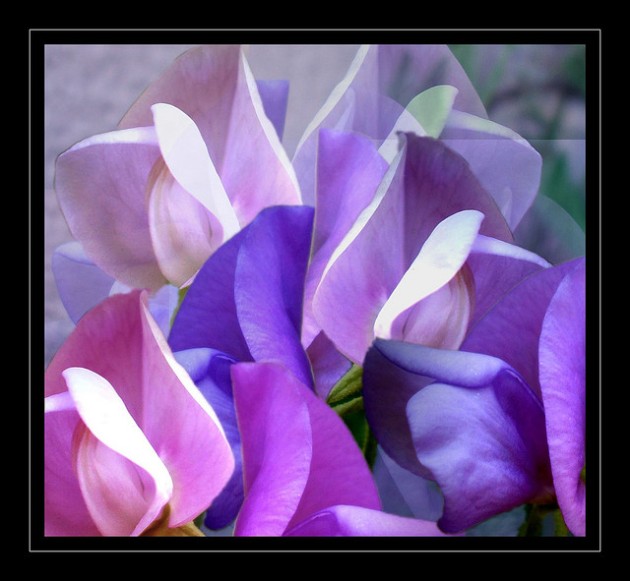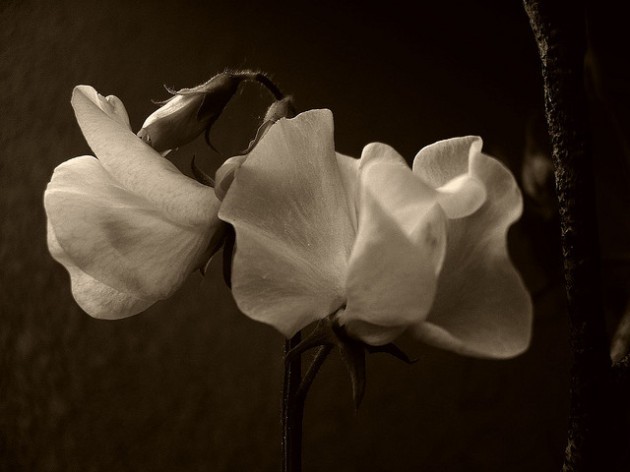Sweet pea is a plant native to the Mediterranean region. Since they are annual climbers and grow in a wide spectrum of colors, they grow for a long period of time, and are the first choice for individual cut flowers and/or exquisite floral decorations.
- Kingdom – Plantae
- Division – Magnoliophyta
- Class – Magnoliopsida
- Order – Fabales
- Family – Fabaceae
- Subfamily – Faboideae
- Tribe – Vicieae
- Genus – Lathyrus
- Species – odoratus
 All sweet pea flower varieties are not fragrant, but the ones that are, live up to their namesake. This particular strain of flowers contains up to 160 species.
All sweet pea flower varieties are not fragrant, but the ones that are, live up to their namesake. This particular strain of flowers contains up to 160 species.
One must keep a constant eye on the flower throughout its lifespan, as it is prone to all kinds of pests and insects. Unlike the edible pea, seeds of this flower are not edible, and are known to cause toxicity.
Growing Sweet Peas
- Choose a site in full sun with rich, well-drained soil.
- Sweet Pea vines need full sun and rich, well drained soil.
- Work in some compost before planting. Sweet Pea seeds should be sown directly where it is to grow.
- Soak seeds overnight then plant about an inch deep and 3-4 inches apart.
- Water thoroughly after planting, then restrict water until seeds germinate.
- Fertilize every two to four weeks, or work in a slow-release fertilizer at planting time. Sweet peas are heavy feeders.
- The Sweet Pea plant benefits from deadheading, but leave a few flowers at the end of theseason to seed for next year.
Sweet Pea Plant Care
- Plant Sweet Peas in an area that gets good air circulation.
- Water early in the day so the leaves are dry by nightfall; wet leaves are a magnet for fungus.
- Do not over fertilize or you’ll wind up with very deep green leaves but few flowers.
- Alternatively,organic fertilizers are also excellent for Sweet Peas. Additional mulching with composted manure will help retain soil moisture and provide nutrients for strong plant growth and flowering.
- If the blooms are not cut regularly, deadhead the plant as soon as flowers fade. Allowing the plant to produce seedpods will reduce overall flower production.
- Removing spent blooms will ensure more blooms.
- Do not grow sweet peas where other legumes are growing or grew last year.
Gifting Tip
Sweet Pea is the most popular gifting option world over, but don’t let this deter you into thinking that it will be a common gifting idea. Due to its availability in numerous colors and its ability to be styled into any kind of floral arrangement, it has immense scope for original, innovative arrangements every time.



![20170123050651-f09370cbed.[gif-2-mp4.com] 20170123050651-f09370cbed.[gif-2-mp4.com]](https://live.staticflickr.com/428/32472212275_9af8805d25_m.jpg)


